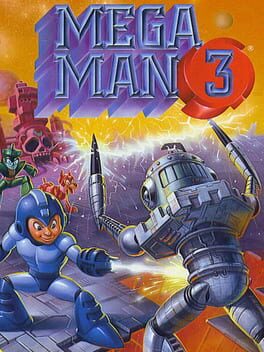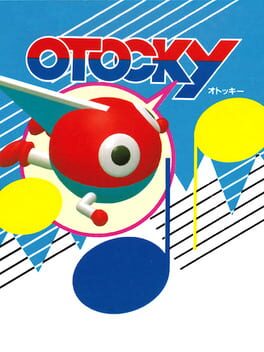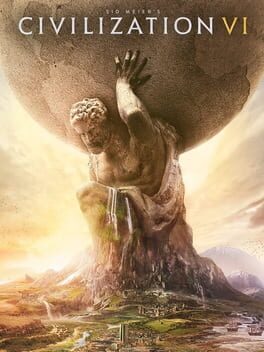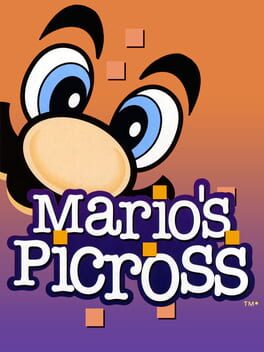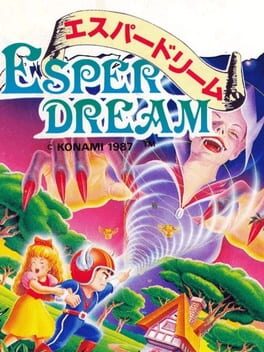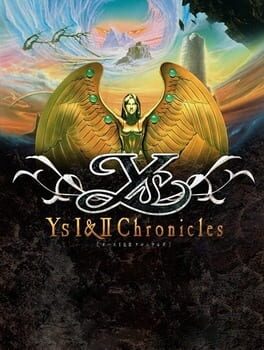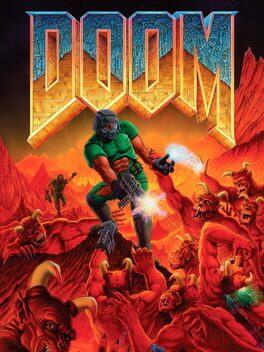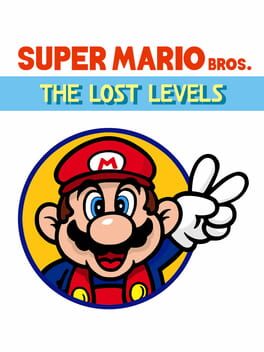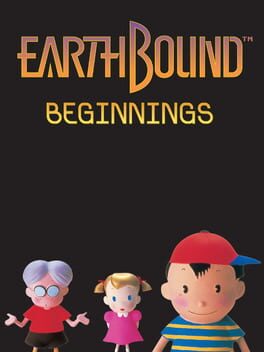KKGlider
1990
It's no wonder the developers of Mega Man 9 were aiming to make their game the true sequel to Mega Man 2, because 3 does not quite hit the mark. Though better in some ways, it doesn't quite live up to its predecessor—especially since 2 was such a leap from the first. Still, it's more Mega Man, and that's not necessarily a bad thing. The slowdown and sprite flickering makes it somewhat hard to go back to, but if you're hankering for more Mega Man, this does the trick.
1987
While the gameplay is somewhat shallow and contrived, the star here is the BGM Mode and Music Maker, which—overall—contribute to a fun little package. This amounts to Otocky playing more like a toy than game, which I'm glad Toshio Iwai embraced as a concept in the culmination of Elektroplankton. A historical oddity, for sure, and worth checking out.
It's good. Everything about it is expertly executed. But it makes for a weird value proposition. The core game is fun, but the DLC takes it to another level; whether it's worth paying full price for the full package is debatable. Regardless of how much you want to invest into it though, if you like strategy games, you'll have fun with this version of Civ.
1995
1993
These Dragon Quest games are, ultimately, "cozy" games. It's true that these are basically takes on Wizardry and Ultima, but between Toriyama's cute visuals, Sugiyama's charming compositions, and Horii's simple (or "pure", as he's called it) design, we end up with perfect "bedtime" games to play on a handheld. Some may find it boring, but this is as chill and satisfying as adventure roleplaying gets. It's no wonder these games spawned a videogame dynasty.
1987
There's certainly a lot of charm to Esper Dream—largely due to the legendary Kinuyo Yamashita's bopping tunes—but aside from some quirk and charm, there's not much else to enjoy. A solid concept, but it falters in its technical and design choices. It's interesting to see the team at Konami play around with early JRPG concepts less than one year after the first Dragon Quest, but it doesn't really culminate into anything very fun or exciting. At least, it paved the way to a much better sequel.
This game is 90% vibes, 6% scanning things, and 4% gameplay. The gameplay is basically fine, and while not in itself captivating, it's really there to facilitate the navigating of the incredible—and atmospheric—world that Retro Studios has crafted. One of the highest rated games of all time for good reason. But for those who REALLY want the nail-biting action of a fast-paced shooter, and don't care much about aesthetics... sure, maybe this one is not for you.
For what it's worth though, as beautifully as this was adapted to the Switch, playing this on high quality CRT monitor in the original 480i or 480p does really add to its atmosphere and aesthetic.
For what it's worth though, as beautifully as this was adapted to the Switch, playing this on high quality CRT monitor in the original 480i or 480p does really add to its atmosphere and aesthetic.
2009
There's a certain confidence to Ys Chronicles; it knows what it wants to do and what it wants to be. And it's no wonder, this a longstanding series, that's gone though many iterations, and you can tell that this version was made with a certain amount of reverence. Ys Chronicles looks good and sounds great, and its deliberate pacing plays well. Overall, this is a true classic that holds up amazingly well—especially on a portable device.
Zelda II stands out from the mainline series for emphasizing difficult combat-platforming, with little exploration; no other 2D Zelda is quite like it. And the puzzles or quests are often oblique. For that reason, Zelda II is often considered inferior or less of a Zelda game. However, removed from that context, Zelda II still manages to be a very fun and charming retro game that ended up being hugely influential in its era. It's tough, and you may need a guide, but it's worth the playthrough.
1986
The cover art for Yokai Yashiki seems to promise a spooky supernatural romp, and on that end, it delivers. The premise is also sound: a platform shooter where you have to navigate a maze-like environment, collecting hidden talisman before you can unlock the level's boss. Like a Metroidvania-lite. But like many short games of this era (5 levels), the developers have extended gameplay by gating progress with oblique and unintuitive "secrets" that make navigating aimless, boring, and frustrating.
1986
Kid Icarus seems like any other straightforward action platformer, and in 1986 why would you expect anything else? But Nintendo R&D1 really did make something innovative and cool for the time: an interesting blend of action and adventure gaming. Underneath the challenging platforming there's an experience point system, leveling up, currency and gear, and multiple endings to achieve; all along to the music of Hip Tanaka! It's a shame that it's all obfuscated in typical 1980s videogame design.
2019
I've never liked Doom, even as a kid. But after finally playing through the entire game, I can say that I respect it. Definitely innovative for the time, and with expertly crafted design and gameplay as well. But its aesthetic is kind of goofy and corny in a way that detracts from the experience for me. Still, the gameplay holds up really well, and the goofiness of the synthesized instrumentations and pixelated horrors end up being somewhat charming in a retro kind of way.
1986
Metroid is good but flawed. It looks good, sounds good, and plays well, but the core of the exploration (its key element) is hindered by its technological limitations. Too much time is spent away from the gameplay making maps, taking notes, and bombing or shooting every surface on every screen just to move forward. If you opt to use a walkthrough, then you lose that element of exploration. In 1986, it was revolutionary, but it's hardly worth playing today. Play Zero Mission instead.
It's more Super Mario Bros.! Which is great, if you want more 1985-style Super Mario Bros. And, brother, I like me some 1985 Super Mario Bros. ...But, like, not that much. In a post Mario Maker world, the game almost seems silly—trite, in a way—but if you want a historical peek at what an official Nintendo Mario kaizo was like in 1986, it's definitely a fun historical visit. Challenging, to be sure, but that's part of the fun, I think.
An absolutely charming game. "Pollyanna" alone warrants a 5-star rating, but unfortunately, the gameplay doesn't quite hold up and is a bit of a slog. I imagine that if I had played this in the 90's (and when I had more patience to even do JRPG grinds) my mind would have been blown—especially because it plays around with early JRPG tropes. However, in this Switch rerelease—in the year of our lord 2022—it's hard to recommend to anyone but ardent JRPG or Earthbound fans.
